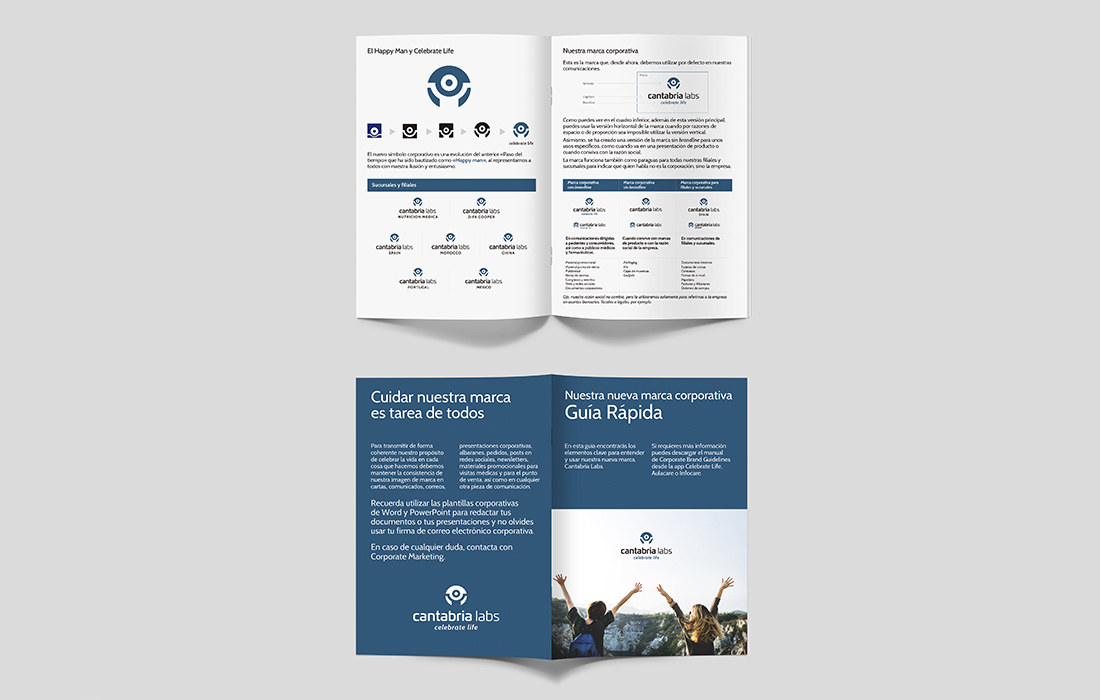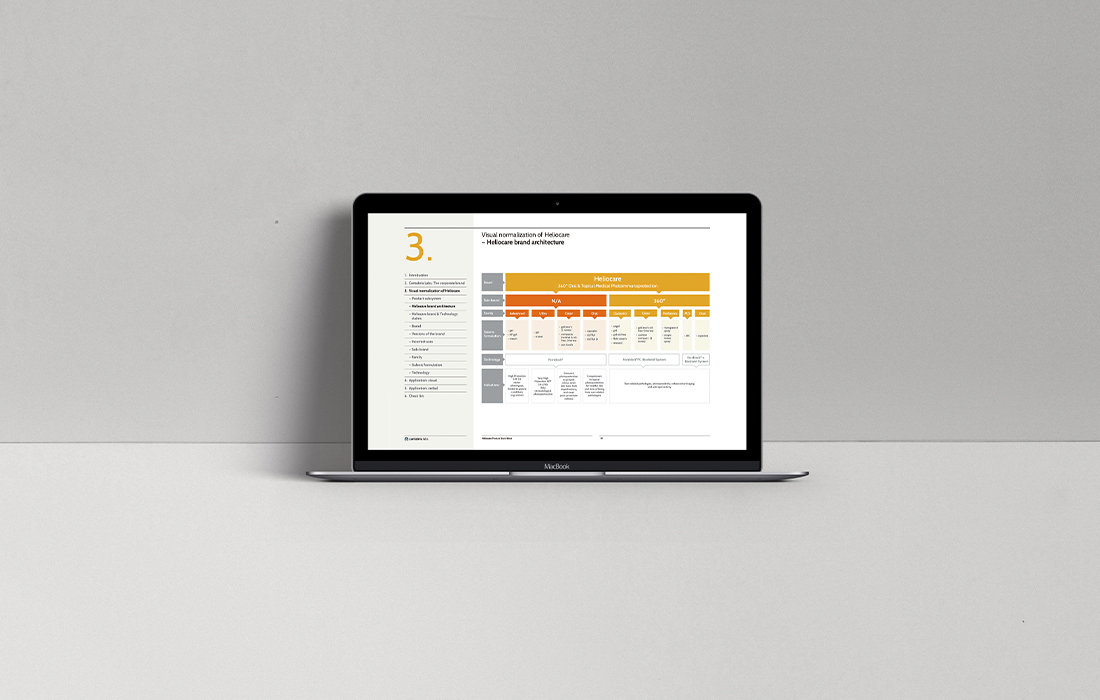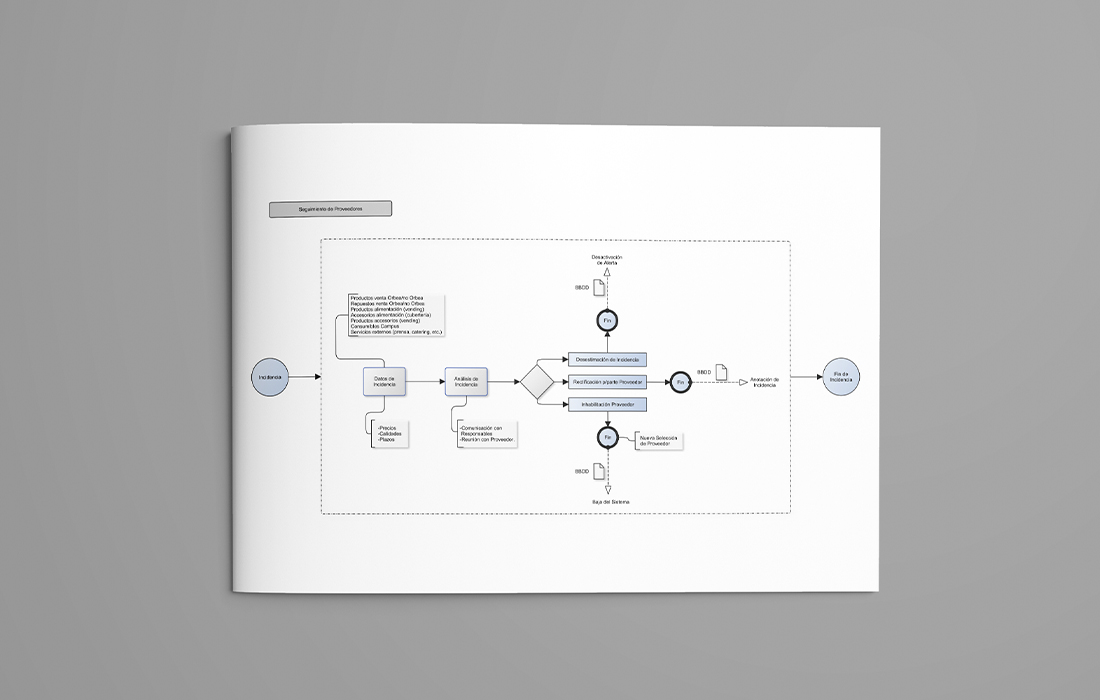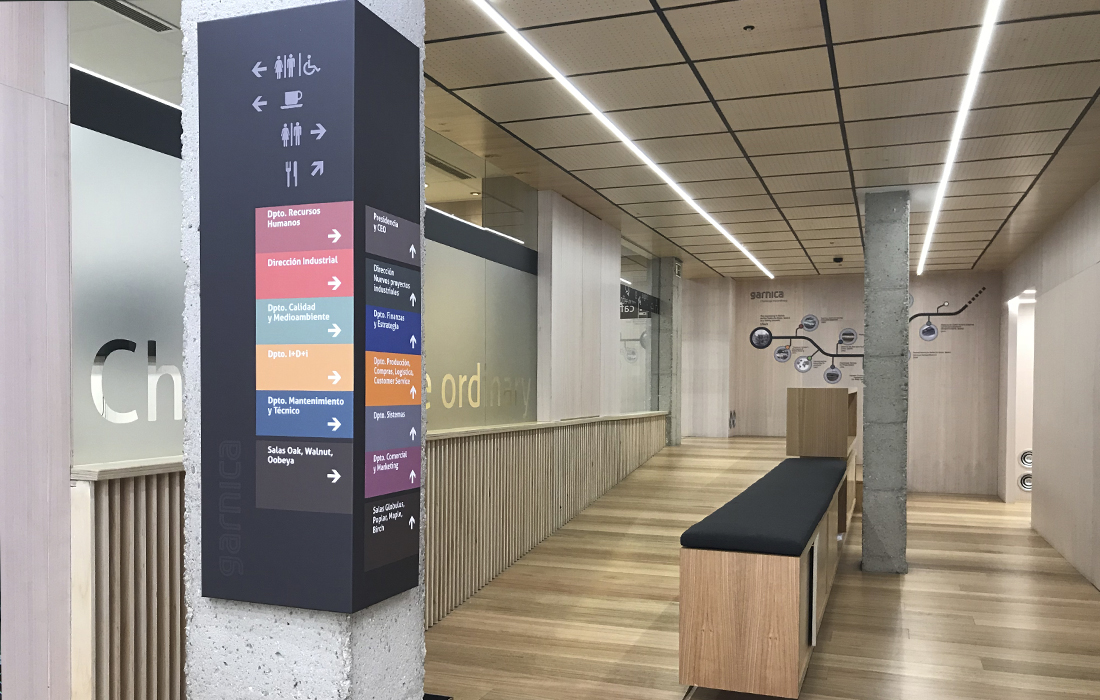
18 Jun Livestreaming commerce, a new challenge for brands
Whiplash Team, 18th June, 2021
Livestreaming commerce, a new challenge for brands
A new on-line shopping format, the so-called livestreaming commerce or shopstreaming, among other names, is becoming a trend. With a conversion rate of 35%, this new trend that was born in China has now spread to Spain. This is one of the conclusions of the digital meeting Hyperconnected Consumers and brands.
With the intention of analysing how e-commerce has accelerated as a result of the pandemic and lockdown, and its effects on brand marketing strategies, the Spanish Marketing Association organized the digital meeting Hyperconnected consumers and brands, sponsored by Facebook.
According to the organizers of the event, in the last year and a half of the pandemic, including strict confinement times, we have gone hyper-digitalized and we have witnessed an acceleration of electronic commerce.
Among the conclusions of the event the fact that stands out is that, in the post-pandemic stage in which we are entering thanks to vaccines, most consumers affirm that they will continue to buy on-line. Omnichannel is thus becoming more important in brand strategies, and companies must find the balance between analogue and digital means. However, depending on the sector, there will be more or less inclination for digital means.
In the textile sector, for example, there is a natural barrier to digital commerce which is the need for consumers to touch and try clothes on. Javier Figar, Chief Retail Officer at AWWG has explained that in the case of his company “between 80 and 85% of the turnover does not come from the on-line channel. That is why we cannot neglect the rest of the channels, although on-line commerce is our greatest bet, because whoever does not evolve is left out of the race”.
In this context, a new format has emerged that already has a conversion rate of 35%, livestreaming commerce or streaming shopping. It was born in China, where it has been sweeping markets for months and it is also spreading to Spain, according to the conclusions of the event.
Livestreaming commerce, what is it?
As its name suggests, it consists of using live broadcasts through digital platforms to sell products or services. In short, it is conceptually speaking, comparable to historic infomercials of telemarketing. The difference is that, in the case of livestreaming commerce, a more interactive and two-way communication is established with the user. The seller can do product demos, show testimonials, and answer questions in real time.
In the West, various platforms are already taking steps to consolidate it. Amazon, for example, already operates this type of broadcasting on Amazon Live, which has a series of channels dedicated to a wide variety of products and sectors. YouTube, Facebook and Instagram are also joining in. The first is developing the integration of links in the videos to purchase “Products in this video”. Meanwhile Facebook and Instagram will soon have a function ready to add purchase links in live connections.
During the meeting Hyperconnected consumers and brands Coro Saldaña, Senior Fashion Advisor at Accenture pointed out that “due to the evolution of customer purchasing trends, brands have had to redesign the way they interact with them.” This is how shopstreaming is consolidated”. According to Saldaña, the new generations also seek that their on-line purchases have the support of their favourite stars, “turning streamers into new influencers.”
The point is that, according to some digital trend analysts, shopstreaming or livestreaming commerce is the high-tech version of the changing rooms of physical stores or of store displays. It brings the shared shopping experience to the living room, like when you go shopping with friends.
In this case, livestreaming commerce mixes digital interaction with social networks. The user connects with the people he/she loves, and while he/she watches that dress or that television that he/she likes, the streamers, people that the user trusts, help him/her decide which to buy, if the red dress or the black one, the 45-inch or 52-inch TV. Counting also on your friend’s opinions.
Therefore, it does not necessarily depend on celebrities or macro influencers. In China, for example, the trend was born from customer-to-customer communication: users broadcast their experiences on networks in real life streaming (or IRL) and chatted with their audience. It was the rapid development of live channels by e-commerce giants in that country, such as Taobao, that professionalized the phenomenon.
“The magic of the platform is that you can interact with the streamer, with the brand or the organization,” said Sara Pastor, Sales Director of Twitch during the discussions during the Identity colloquium, promoted by Dentsu X and the APG.
Thus, the new format reintroduces the human part in on-line shopping experiences, also providing an element of trust since the products are shown in 3D and the person behind the streaming describes them in detail. On the other hand, since the buyer trusts whoever is selling it live, the purchase is made in a much more comfortable way.
Thus, brands face the challenge of ensuring that the streamers they select truly connect with the public and that the live connections transmit the brand identity, adding value to users to maintain their interest and prevent them from getting lost in the new digital telemarketing era.

























